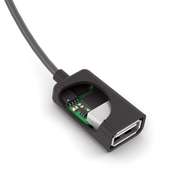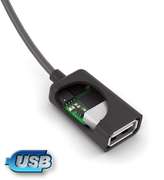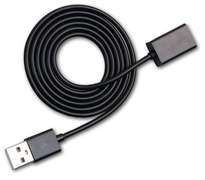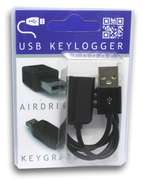KeyGrabber Forensic Keylogger Cable
The KeyGrabber Forensic Keylogger Cable is an ultra-discreet USB keylogger embedded in a USB extension cable. Extremely well disguised, it can be accessed as a USB flash drive for instant data retrieval.

Ultra-discreet keylogger, minimal risk of exposure
Compatible with all USB keyboards, including USB 3.0
Sophisticated USB frame capture algorithm with 32X oversampling
Doesn't drop keystrokes, compatible with all USB topologies
16 megabytes built-in memory, equivalent of years-worth of typing
Switches to flash drive mode with a special key combination
Accessible as a USB removable drive for instant data retrieval
Memory protected with strong 128-bit encryption
Easy to configure with a simple text file
No Wi-Fi and wireless footprint, doesn't leave traces in network environment
Works with barcode scanners, including fast keystroke generation modes
No software, drivers or configuration required, works out of the box
Support for multiple keyboard layouts

Perfect disguise
The KeyGrabber Forensic Keylogger Cable is an ultra-compact USB keylogger hidden inside a USB extension cable. From the outside, the USB cable doesn't differ from any ordinary cable in common use, and draws no attention.

Reliability
Passively monitoring a USB bus for keystrokes is a complex task, and the KeyGrabber Forensic Keylogger Cable does this better than any other solution on the market. The KeyGrabber Forensic Keylogger Cable implements a 32X waveform oversampling algorithm based on a sophisticated FPGA chip. This makes it a top-performer in terms of reliability, with a zero character drop-rate. It works with wireless keyboards (excluding some Bluetooth models), keyboard with integrated hubs, and all types of barcode scanners (including those with a fast keystroke generation speed).

Ease of use
The KeyGrabber Forensic Keylogger Cable is as easy to use as all it's predecessors in the KeyGrabber family, being best-sellers since 2005. This hardware keylogger works out-of-the-box by simply plugging it inline between the keyboard and USB socket. Accessing data requires pressing a predefined key-combination known only to the owner. The KeyGrabber Forensic Keylogger Cable has a few models varying by memory capacity, however even the entry-level 16 megabyte version is an equivalent of years of typing.
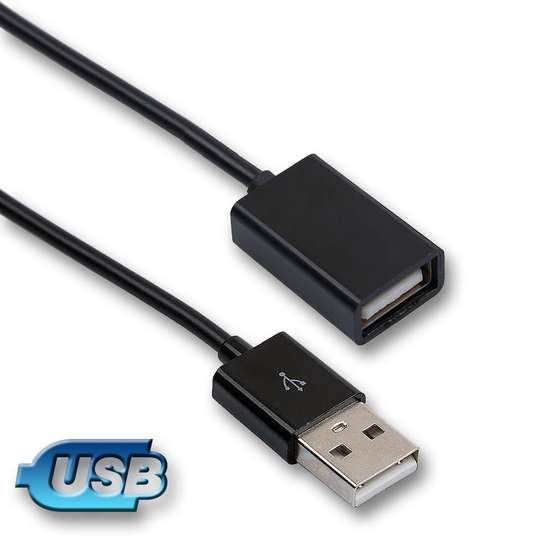
Stealthiness
The KeyGrabber Forensic Keylogger Cable is as stealthy as a hardware keylogger can get. It leaves no traces on the target computer, and doesn't propagate anything in the local Wi-Fi environment. It works as a passive USB-tap device, and doesn't show up on the list of USB devices or use any drivers. Thus it cannot be detected by security and anti-virus software.
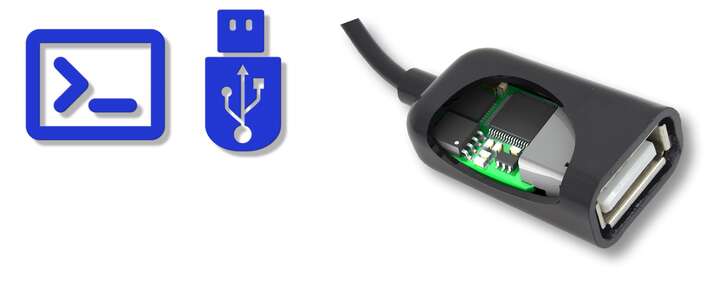
The Pro version
The Pro version is a multi-role security and pen-testing device. It works as a keylogger, but can also be switched to keystroke generation mode. Operating as a HID device it can generate a text-menu, making access to memory and configuration options more convenient. Moreover, it can also run keystroke-injection scripts thanks to a keystroke parser based on a simple scripting language. This makes it a perfect penetration testing tool, combining the functionality of a hardware keylogger and HID injector in a single slick device.
Important Legal Notice
The usage of a keylogger is fully legal as long as a clear notice is displayed, informing the user of the monitored equipment about the presence of a keystroke logger. We encourage the use of this equipment only for the purpose of monitoring your own computer, especially for protecting children against online hazards. It is NOT LEGAL to use a keylogger for the purpose of intercepting third party data, especially passwords, banking data, confidential correspondence, etc. If in doubt, please seek legal advice before using a keystroke logger. A good starting point is the U.S. Department of Justice Letter on Keystroke Monitoring and Login Banners, according to which a clear notice should be displayed, warning that user keystrokes may be logged.

Keyboard compatibility limitations
The device will work with almost all types of physical USB keyboards (it won't work with internal laptop keyboards). It works fine with wireless keyboards, with exception of Bluetooth keyboards. It won't work a few types of keyboards with built-in high-speed USB hubs (primarily Apple A1243 and Dell KB522), for which the Mac/MCP series should be used. Support for some gaming keyboards is not fully guaranteed, as they often use proprietary protocols.




